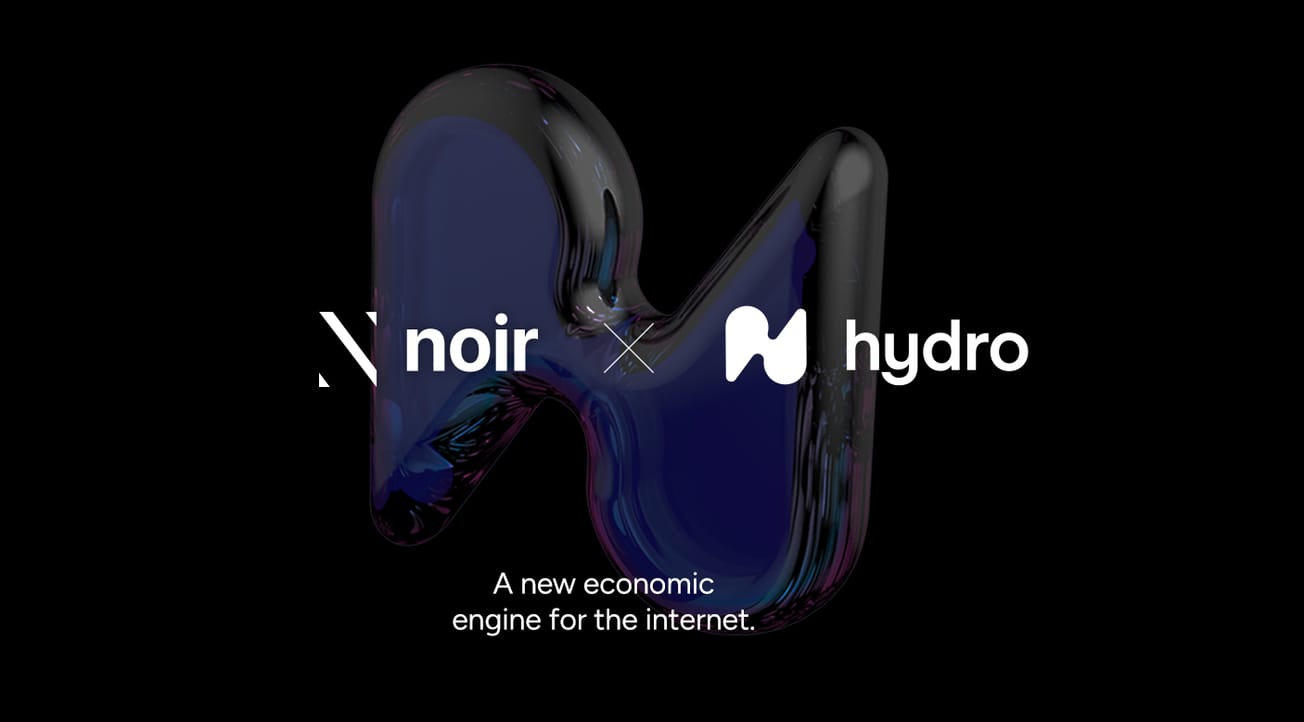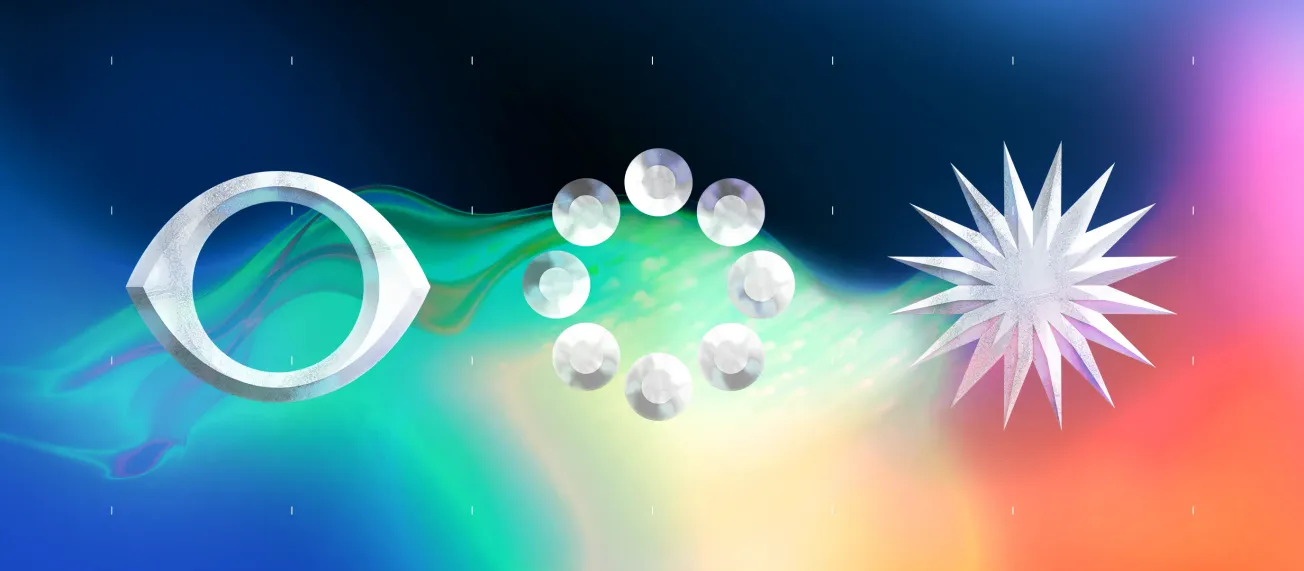Virtual avatars have existed for decades, only becoming more complex and lifelike thanks to revolutions in simulation technology, character modeling and video game design.
Virtual pop stars have been around for even longer: The Archies, a band inspired by The Monkies, were a scooby-doo esque cartoon rock band that debuted in 1968. More recently, we had The Gorillaz, Hatsune Miku, and Seraphine—a game character from League of Legends that debuted onto the rift with her own album.
As these technologies evolve and the desire for virtual idols becomes more widespread, it wouldn’t be a surprise to see the next generation of popstars made in the metaverse.
From Virtual Reality to Virtual YouTubers
VTubers, or Virtual YouTubers, are digital avatars controlled by an agent through face or motion capture. They’re usually virtual entertainers, content creators or influencers that might stream on platforms like the Amazon-owned Twitch or Google-owned YouTube.
VTubers can cleverly match the facial expressions of their users through face capture technology, with the added bonuses of special-effects that can be bound to key presses.
For example, a VTuber could quickly change their outfit, make their character cry, or change their eyes to love hearts at the touch of a button—pulling on the emotions of the audience, leveraging new technology to build stronger relationships with a community.
While originating in Japan in 2016, the rest of the world is slowly catching up with VTubers elsewhere rising to popularity from 2020 to now, exploding onto the mainstream especially since 2021.
VTubers have had such a solid adoption in Japan that they’re now big parts of the nation's advertising and media culture: multinational consumer goods and drugs company Rohto Pharmaceutical have their own VTuber mascot, and a few Japanese baseball teams also have virtual VTuber mascots in place of grown men galivanting in big furry suits.
And for content creators, the advantages of becoming a VTuber over using a camera obvious: You don’t have to get dressed; put on makeup, or make sure your room is tidy. You can be whoever you want, enabled by cleverly designed avatars and computer-powered effects.
Being a VTuber is significantly less invasive, allowing content creators to have a 'disconnect' between their real identity and their audience, keeping them safe in a time where putting yourself in the spotlight might just get you a stalker.
What’s Next?
In fact, the first ‘Metaverse pop star’ is already gracing our screens (or disgracing, depending on your temperament). Polar, a virtual popstar that debuted in 2021 and created by studio TheSoul Publishing, has over 3 million followers across her socials, with some videos reaching 2 million + views on TikTok alone.
Clearly designed to appeal to Gen Z, she waxes lyrical about rebellion, freedom and individuality, breaking the rules of creativity thrust upon her.
AI is also set to make these even more prolific, with the use of AI-generated lyrics and holograms allowing them to perform anywhere, across the world, even in multiple places at once. We've also seen this tech put to use to realistically resurrect previous stars, like the late rap legend Tupac Shakur performing in 2012 as a hologram.
But the tech has come a long way in the past decade, so maybe this will become the norm—virtual avatars and holograms performing AI-generated music with AI-generated voices. Or perhaps the more personal VTubers; real people behind digital avatars, will take the top spot on the podium in the attention olympics.
With Polar’s rise to fame, we should expect to see more virtual pop stars—Vtubers or otherwise—become more prominent as virtual worlds require digital avatars. But anyone who’s spent more than an hour in the chaos of VR Chat knows that with the unfettered potential of digital representation comes wild consequences.










